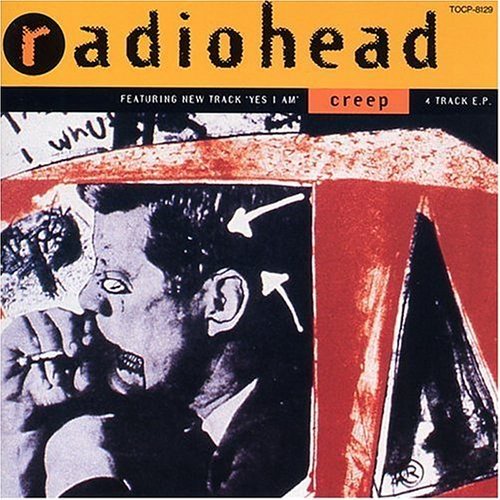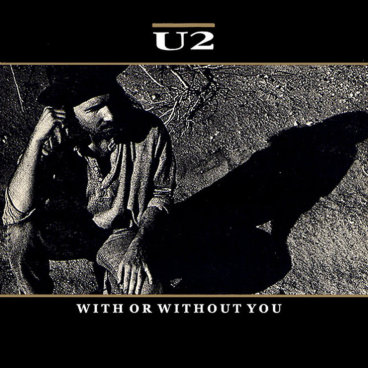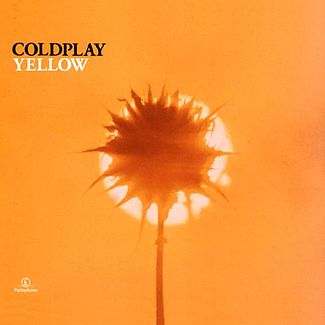The traditional way of learning a musical instrument is to find a good tutor in your location and take lessons. I checked online, and the nearest tutor who advertises online is 20 miles away. So I went to our local music shop – our town still has one of those – where I found a flyer for a bass guitar tutor who gives lessons in an arts centre in the town. His prices seem very reasonable …
but there’s a problem. He only teaches on Saturdays and recently free Saturdays have been in short supply in my life, and if lessons are going to be worthwhile, you need them to be regular.
They also need to be enjoyable; something you look forward to week by week. And you really need to get on with your tutor too, which isn’t always a given.
Another approach is to decide on some songs you’d like to be able to play and then search out tabs for them on Ultimate Guitar or Big Bass Tabs or one of the many other internet sites where people post the tabs they have produced and/or copied.
You could do that … and I tried for a while. I learned a few basic riffs, but learning whole songs was more troublesome. And I quickly found out several things:
- On-line tabs don’t teach good technique. I know that’s obvious, but it needs to be said. You almost certainly won’t learn good technique from reading tabs.
- Most of the tabs I looked at are wrong. Some are badly wrong! Some seem pretty much unplayable, although I suspect that more experienced bassists might disagree with that assessment. Even when I managed to get my fingers round the tab presented, very often when I tried to play along to the original track, the bass-line I’d been learning was simply incompatible with the record/CD/mp3/download. There are exceptions, but that’s what they seem to be … exceptions.
- On-line tabs don’t tell you important things like fingering. Many of the ones I’ve seen don’t tell you things like time signature, tempo or note lengths either. And those things matter. As a beginner, I’m not yet used to hearing bass-lines in isolation from the rest of the song. I need more assistance than a tab that assumes that I know the rhythm of the piece I’m attempting will give me. Add to that my limited tab-reading skills – I am new to this after all.
- If you want information like tempo, time signature etc, then you need to be using sheet music, not tabs. And that means learning to read music in the bass clef.
- My ambition far outstrips my present ability. I won’t embarrass myself by listing songs I thought I could learn this way, but most of them are definitely not suitable for a beginning bassist.
Of course, in this age of the Web, you could also look on-line for bass guitar tutorials for the songs that you want to learn… and there are lots to choose from. But again, the quality is variable.
This approach also doesn’t do anything to correct point 5 above, excessive ambition paired with inadequate ability.
What is needed is a more methodical approach, but probably not one that’s built on learning scales rather than songs. After all, I want to play songs! Does such a thing exist?
Just as I was about to give up, I stumbled across Paul Wolfe’s website, How to Play Bass. As I trawled through the site I came across 2 intriguing blog posts, Play Bass in 50 Songs – Rock and Play Bass in 50 Songs – Soul. Here Paul presents a scheme for the beginning bassist to learn the instrument by playing songs – just what I was looking for. Better yet, Paul has produced video tutorials for many (most/all) of these songs. Some of that material is available free of charge too! The rest is probably in Paul’s e-zine back catalogue, which is subscription only.
A similar scheme can be found in the lesson tree at Kris Rodgers’s site Learn Bass. Again, some of the material is available for no cost, the rest is by subscription.
Having already learned a couple of songs from Paul’s video tutorials, I am planning to use his 50 songs lists as a route to learning to play the bass. I already know that there are lots of songs here that I don’t know – and lots that my teenage self would never have listened to. More fool him. I also expect that there’ll be other songs that I’ll pick up along the way, not least the songs listed on Paul’s website with the tagline Bass For Beginners.
And, when life settles down a bit, I’m planning to enquire with my local bass tutor as well.
PS I have no connection with either Paul Wolfe or Kris Rodgers, not even, at the time of writing, as a paying customer. And I have no objection to them selling subscriptions for access to their material; it all takes time and money to produce, and people have to eat, heat their homes, pay their mortgages, provide for their families etc.









